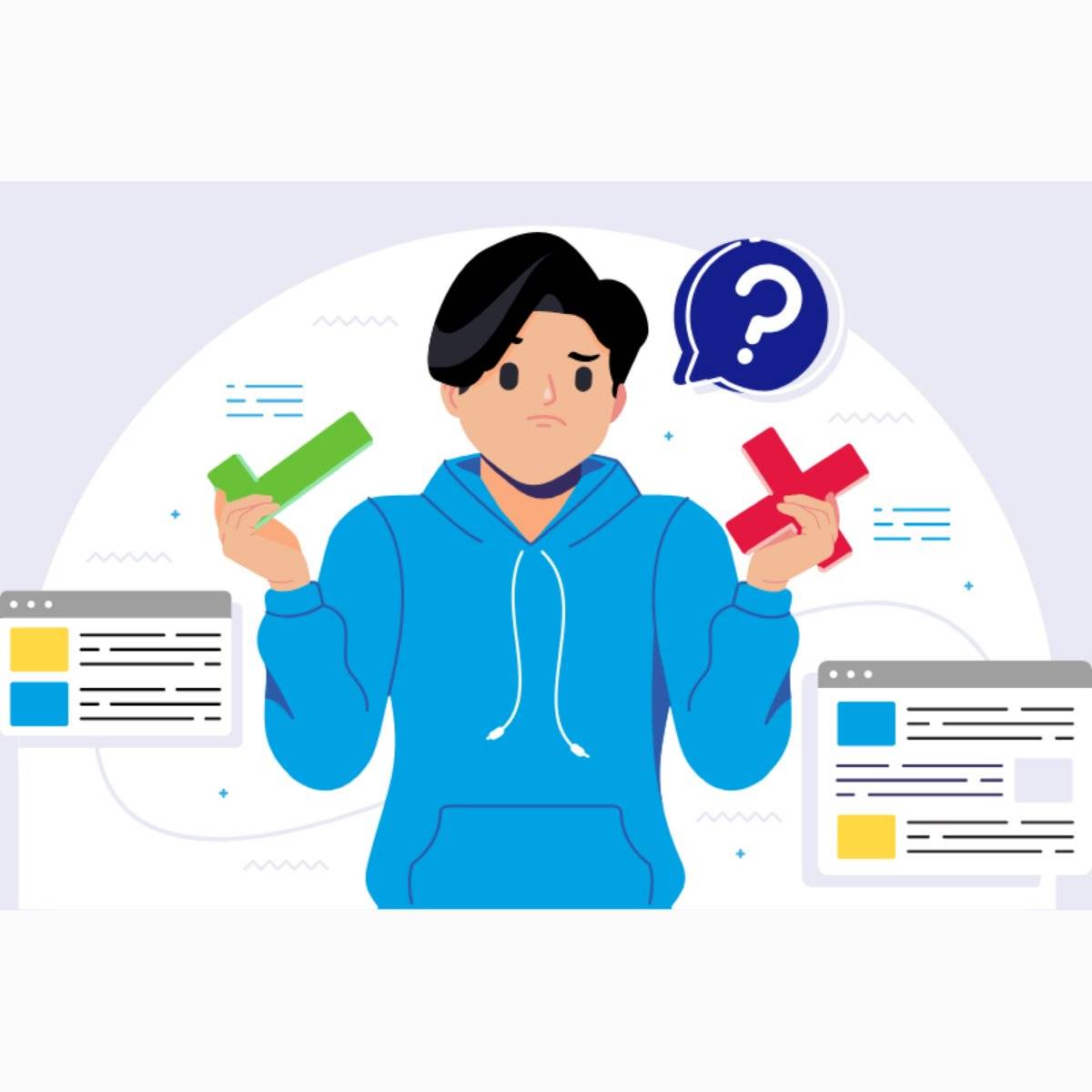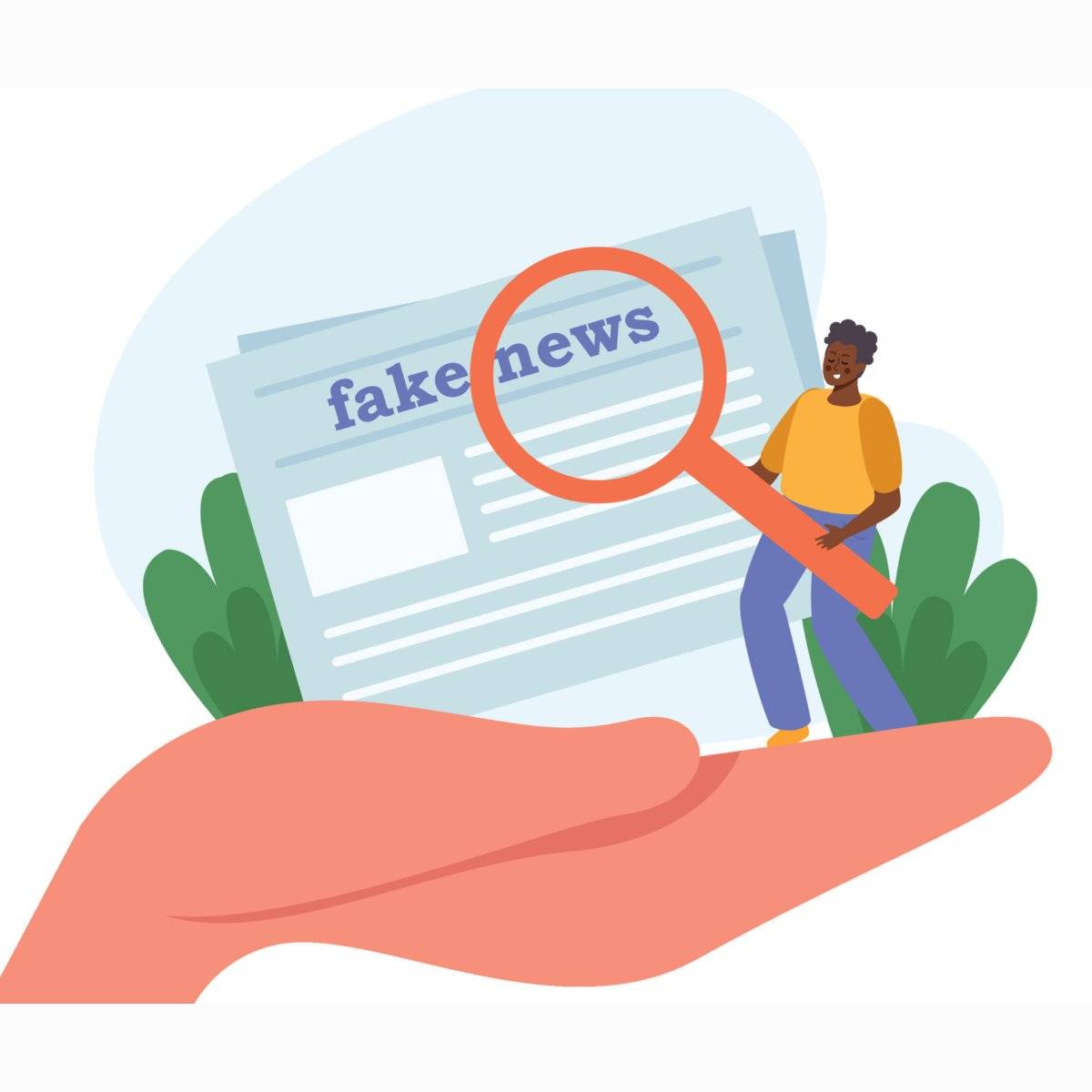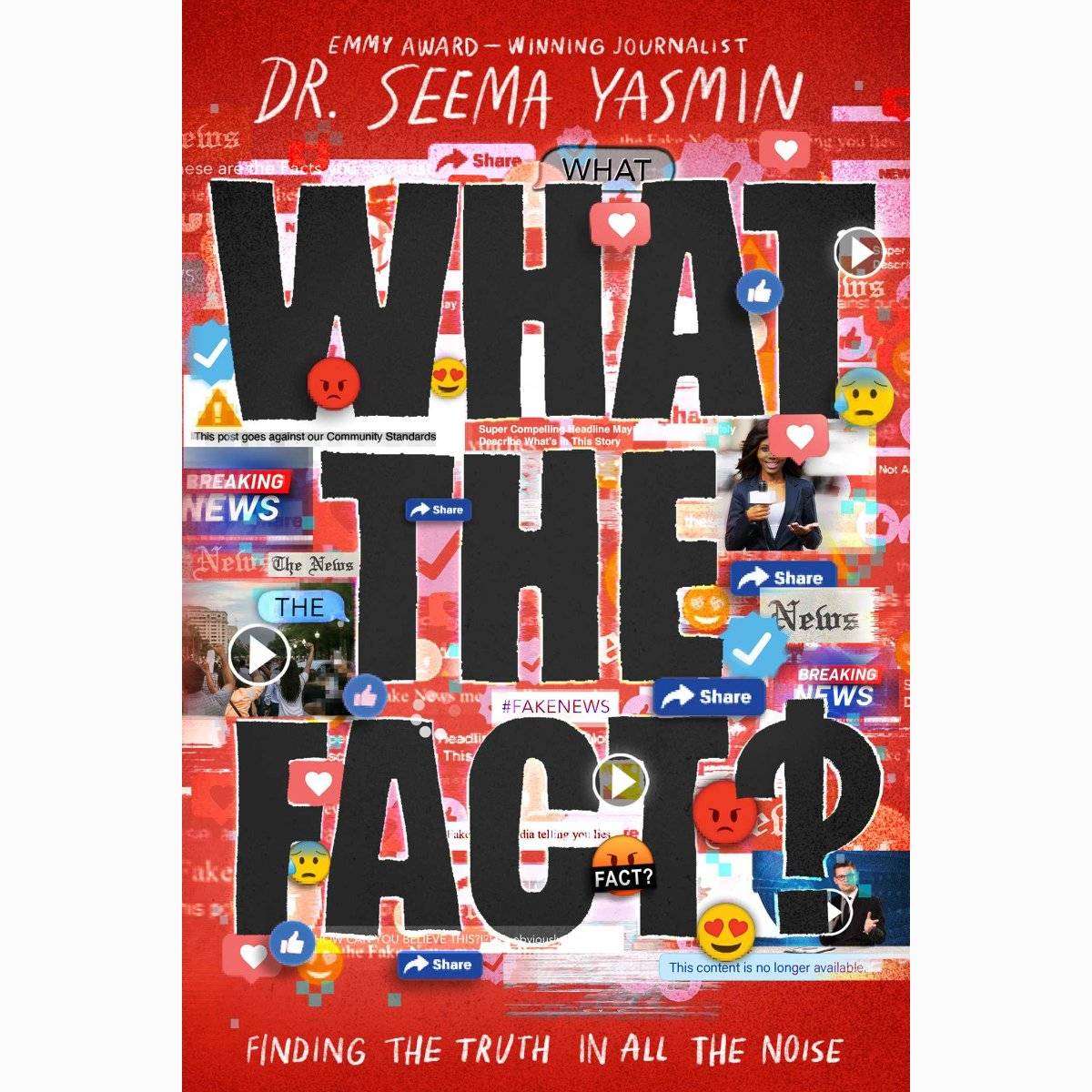This feels like nibbles around what's going on without getting to the heart of it or how it can really be combatted -- it feels a little helpless. It's also a bit out of date at this point.
This feels like nibbles around what's going on without getting to the heart of it or how it can really be combatted -- it feels a little helpless. It's also a bit out of date at this point.
Reading NCTE‘s media education statement made me think a bit differently about what it means to teach literacy. It's not just about reading books or writing essays anymore, but also about helping students analyze media, question who created it, and understand the powers behind it. Teaching media literacy is not extra, it is essential if we want students to navigate the world with clarity and critical thinking skills.

Reading What the Fact? also made me rethink how I want to teach nonfiction and research. Media literacy is a life skill, and is one of the most important things we will teach our students. I love how Yasmin gives students strategies they can actually use. I could imagine building a research unit around this, or pairing it with current events to help students question what they read and where it comes from.
What I really appreciated about What the Fact? is how Yasmin takes such a heavy, complex topic like misinformation and makes it accessible and easy to read. The tone is smart but never preachy, and the visuals help break things down. This is the kind of nonfiction I wish I had as a student. It respects readers and gives them real tools to think critically about the information they see every day.

“Information spreads from one person to another, just like a virus, until myths and hoaxes and lies and facts and conspiracies have crept far and wide, taking on new shapes and mutations. Your snowball of information, layered with myth and misremembered history, was spread to you by others, and you spread it to someone else, who shared it with someone else, who keeps the chain of information contagion going and going...“ Spectacular introduction.
As an assignment, students could choose a current news story and analyze how it‘s reported across three different sources. Using concepts from the book, (like misinformation, malinformation, and bias) they would write a short reflection on how the story is framed, what might be misleading, and how media literacy tools helped them think critically about the coverage.

This book is a great tool for teaching media literacy in the classroom. It can spark discussions about how information spreads, who controls narratives, and why critical thinking matters; especially online. With real-world examples, clear definitions, and practical strategies, it‘s perfect for lessons on current events, digital citizenship, or argumentative writing.

Dr. Seema Yasmin breaks down the types of false info: misinformation, disinformation, and malinformation. She uses real examples, like Covid-19 coverage and media spin during the Iraq War, to show how the truth can be distorted. You‘ll also learn how satire can be mistaken for fact, how news gets made, and how to handle tough conversations. With clear tips and tools, this book makes media literacy easy, and even fun. A smart, friendly guide.

Dr. Seema Yasmin's book is a great tool for educating ourselves and students about all types of information across different platforms. She unravels the long history of the media that shows us how we got from Pony Express news to ludicrous Instagram posts and reels (that are actually quite politicized). She breaks down terminology in an easily understandable way, supported by many sources and real-world examples.
I really liked how Yasmin emphasizes the importance of media literacy in today‘s quickly-paced digital world. She highlights realistic ways/ strategies for identifying and dealing with misinformation such as checking sources, understanding bias, and recognizing deception. The book shows that being informed isn‘t just about knowing facts, it‘s also about knowing how to actually find and determine if those facts are credible.